Is it burnout or is it me?
Unsurprising to anyone who has been alive for the past two years, data shows that the pandemic has exacerbated burnout enough to almost create a second pandemic. The common definition of burnout: a state of emotional, physical, and mental exhaustion caused by excessive or prolonged stress. Sound familiar? In technical terms, it’s the reduction of fuel inside a machine or engine, once the fuel has been exhausted to fumes, and then, finally, to nothing. Burned. Out.
And in the context of Women’s History Month, it’s notable the oversized impact that burnout rate has had on working mothers. (There were about 35 million working mothers in the U.S. at the end of 2019 and roughly 9.8 million working mothers in the U.S. are suffering from workplace burnout, according to a new analysis health-care start-up Maven conducted based on its survey of 440,000 working parents, including 226,000 mothers.
There is no question that the demands of work and life – for anyone, regardless of gender or family demographic – have increased during COVID. But still, there’s an interesting interplay between that weary, running-on-fumes feeling and identity, the way in which we define ourselves, women generally and mothers specifically.
Pre-COVID, busyness had become something of a status symbol: people explicitly sharing (proudly) with a (purported) sigh, “Things are craaazzzzy busy.” Or signaling busyness implicitly by offering very limited availability for meetings. That trend, combined with the confluence of ever-available ways to work from anywhere and punted vacations or other forms of fun deferred (often but not exclusively due to COVID), have exacerbated burnout and led to a new (and scary) identity crisis: Who am I if I’m not working?
I observe this identity crisis frequently in my clients:
A client recently acknowledged the excellent progress at work as she on-ramped into a new and larger role. She was even feeling pretty peaceful about things, until an itchy, nagging sensation pushed her to start looking for the next “growth marker.” Without it, she said, “How do I know what to do?
Another client was trying to get a handle on her overflowing calendar: she started color-coding the various types of tasks she did in the grid of a typical month. It was quickly (and painfully) obvious that her work color (blue) drowned the others. Her calendar was a sea of blue. Head in hands, she likewise confessed that her identity had become tied to the constant completion of tasks: “I don’t know who I am,” she said, “without the blue.”
It can be easy to blame COVID – something out of our control. But if identity is actually a partial driver, all tangled up in a mess of blue calendars and red case number maps, we can at least challenge ourselves to disentangle the two.
Challenge yourself not to pick up your laptop instead of a book when that email really can wait.
Push yourself to set more defined boundaries.
Redefine priorities and what urgent really means at your next 1:1.
Do the same with your own reports.
These inquiries will also give you more data and insight into what’s actually at play so that if it is a truly insurmountable workload, you’ll be better equipped to trust yourself and more fortified to demand a change.
And when in doubt, maybe you can do what meditation expert Sylvia Boorstein likes to tell her clients: “Don’t just do something, sit there.”
For me, that’s often the hardest challenge of all.


